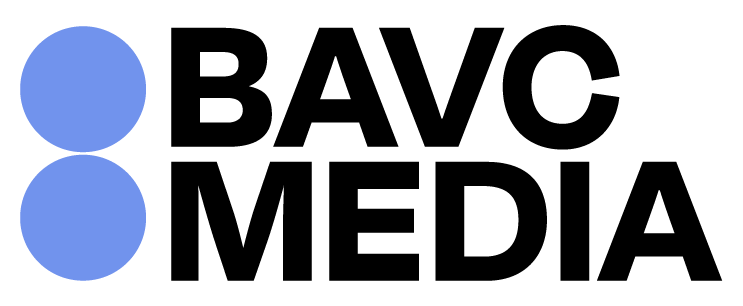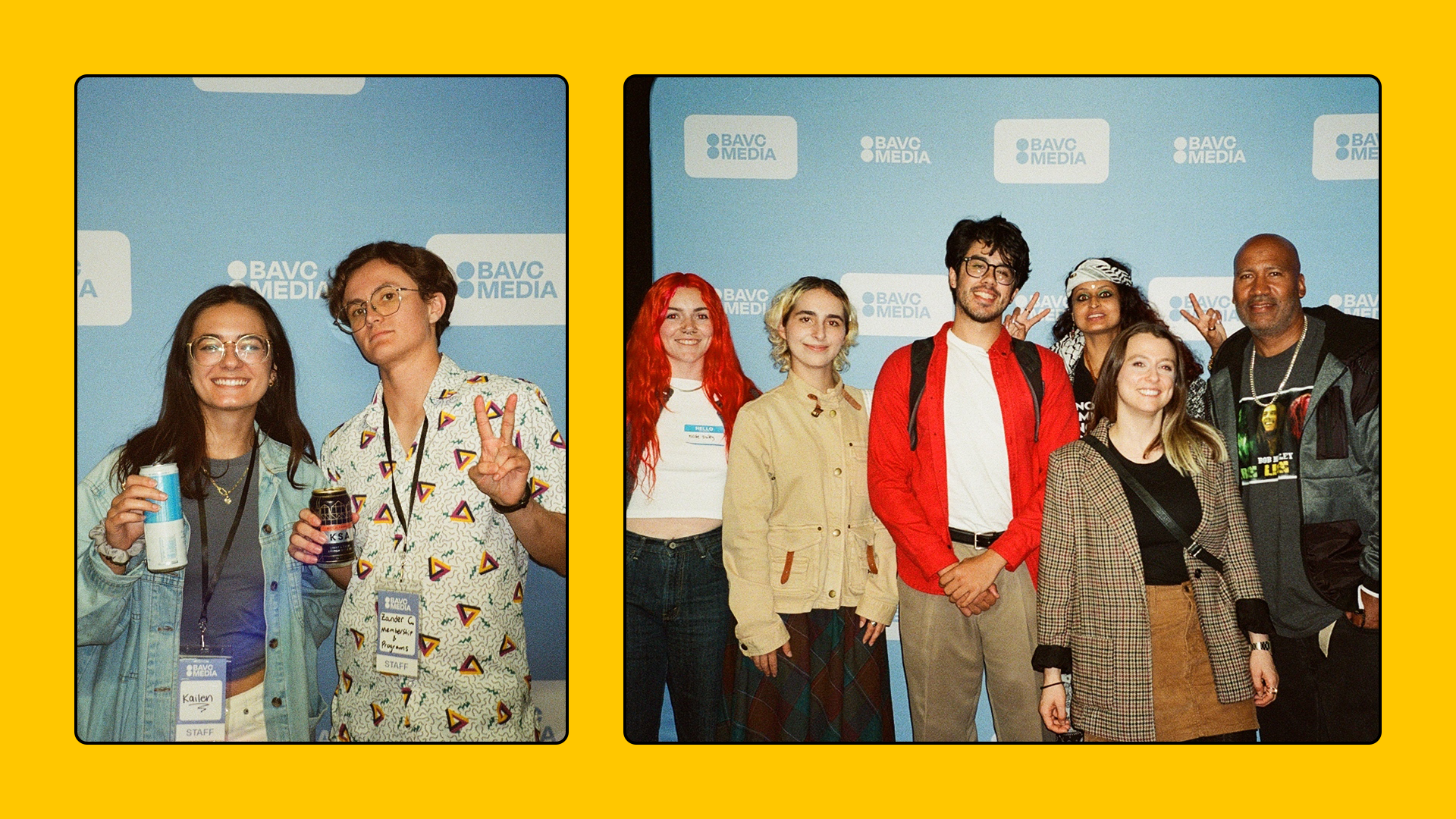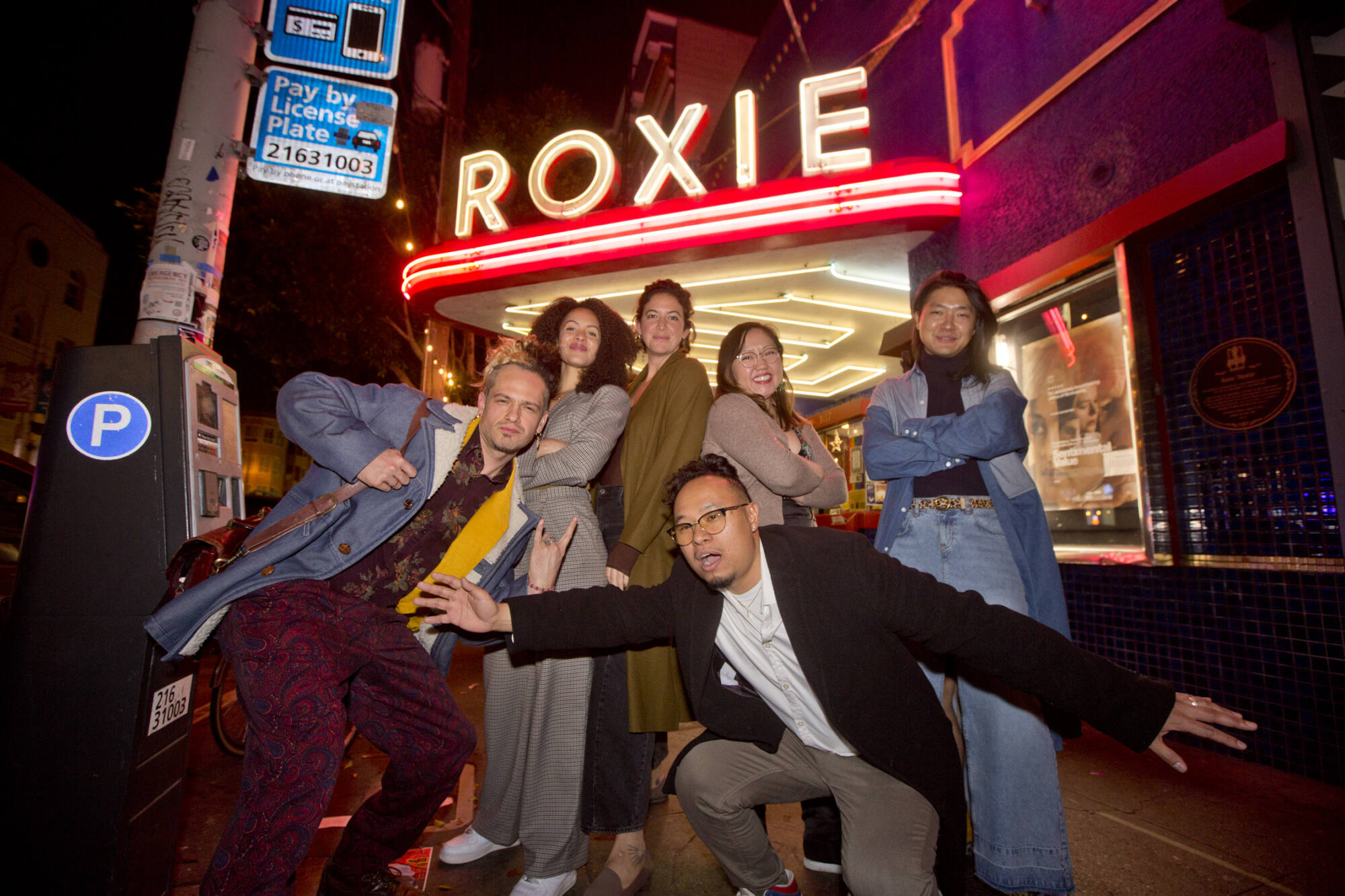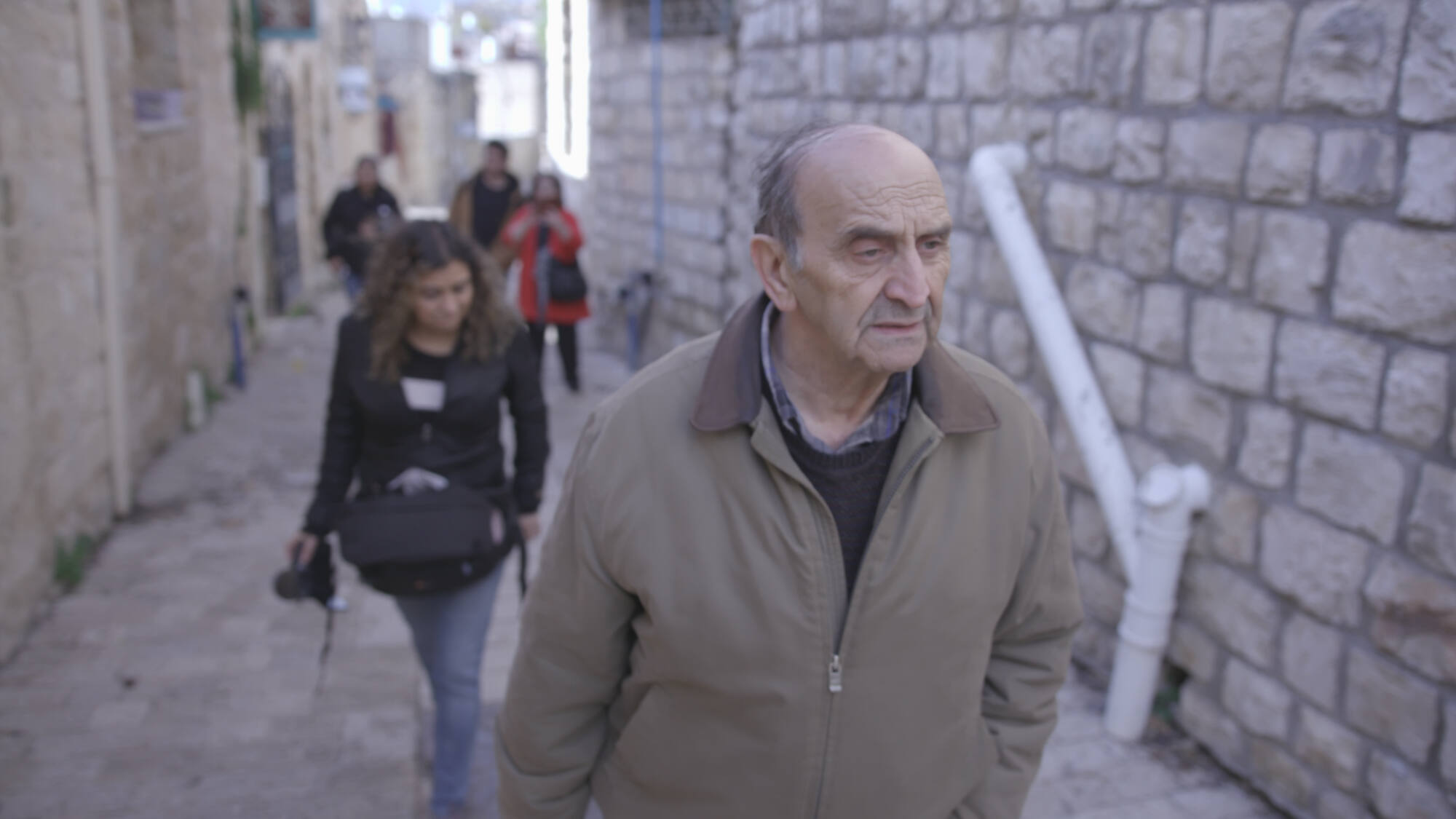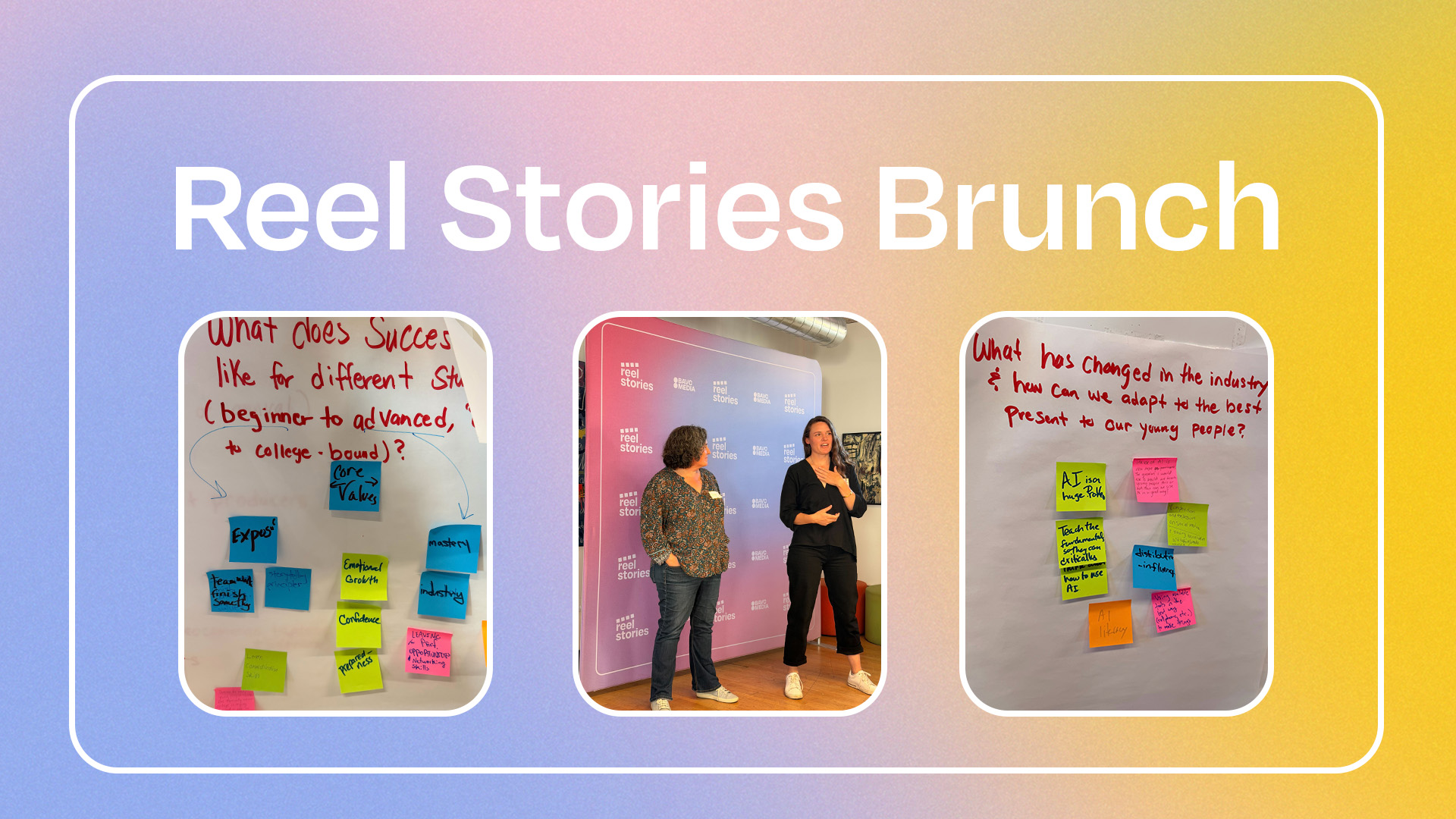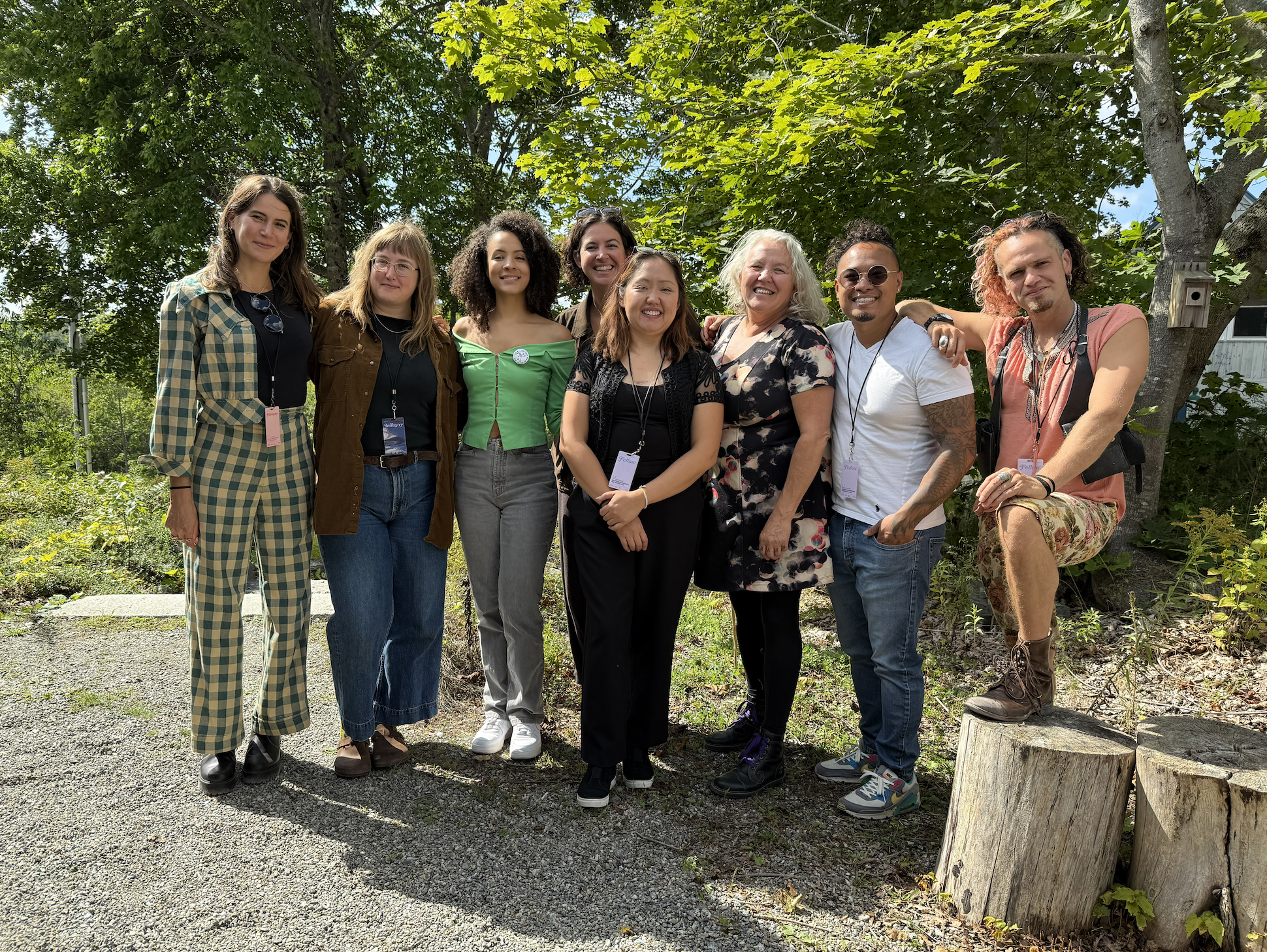BAVC Preservation Collaborates with ENTRE in the Rio Grande Valley
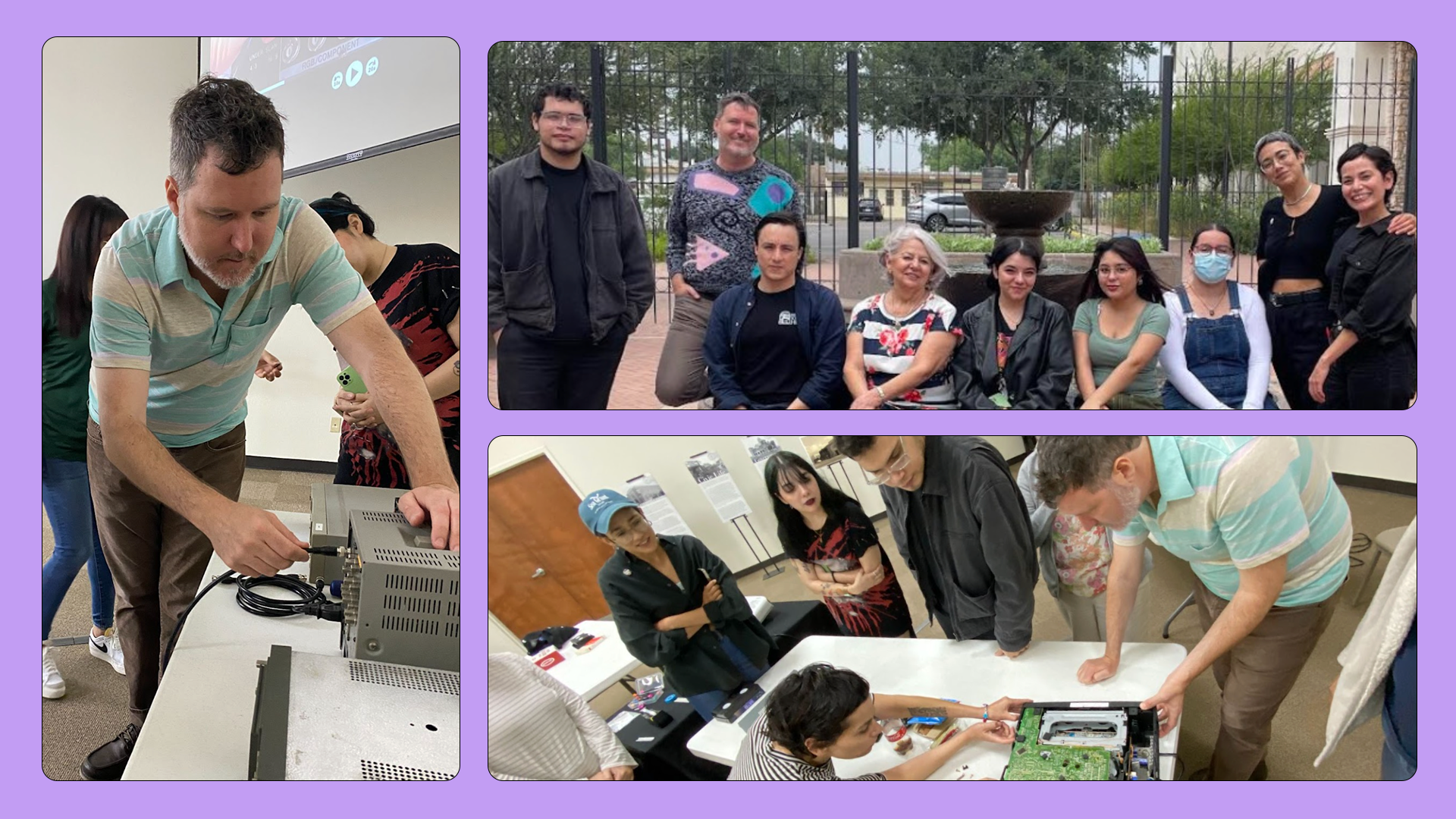
Last month, Tim Lake, Co-Director of BAVC Preservation, had the privilege of being invited by ENTRE to teach a two-day, in-person version of HOT-AV. Read Tim’s first-hand account of his experience visiting the organization below:
ENTRE, founded in 2021 by artists and filmmakers C. Diaz and Andres Sanchez, is a community film center and regional archive dedicated to providing access, knowledge, and skills in filmmaking and archival practices. Its mission aligns closely with that of BAVC Media: to inspire social change through diverse voices and talents.

BAVC Preservation is nationally recognized for the highest quality of video preservation and access. Though the preservation department got its start (30 years ago!) as a Bay Area digitization lab, our legacy has grown to offer services, support, and skill sharing all over the United States. A key to that expansion has been our Hands-On Training With Analog Video (HOT-AV) initiative.
Thanks to crucial grant funding from the National Endowment for the Humanities, BAVC Preservation has developed, produced, and delivered a portable, tangible curriculum that introduces communities across the country to video basics. Composed of instructional video lessons and a robust toolkit of video hardware, participants in HOT-AV can learn complex video signal monitoring and calibration at their own pace, in their own backyard. Initially offered as a fully-asynchronous web-based training course, HOT-AV has evolved to collaborate in-person with a number of host sites, including Queens College in Flushing, New York, and ENTRE Film Center in the Rio Grande Valley, Texas.
As part of Preservation Week in early May, I was invited by ENTRE to instruct a two-day, in-person version of HOT-AV. Founded in 2021 by artists and filmmakers C. Diaz and Andres Sanchez, ENTRE is a community film center and regional archive whose mission encompasses much of what BAVC Media stands for: to provide access, knowledge, and skills in filmmaking and archival practices, and to inspire social change through diverse voices and talents.

Its location in the Rio Grande Valley of South Texas is intrinsically tied to its lifeforce – the narrative that belongs to the communities along the US/Mexico border is subject to a constant and historical raft of sociopolitical, economic, and environmental upheavals that threaten the identity of those that have carved it. ENTRE provides a conduit for the people of the RGV to define their regional history and to shape its future.
BAVC Media has the benefit of decades of community goodwill, nurtured by the ebb and flow of the financial, political, and artistic influence of the Bay Area. We’re able to gain perspective from the efforts of radical archivists like those at ENTRE, whose resilience has protected cultural erasure under a complex network of challenging circumstances. I was particularly struck by the story of Boca Chica Beach, la playa de la gente, a people’s beach where the Rio Grande River meets the Gulf of Mexico.
 A sacred place for generations of families, and the home of the indigenous Carrizo/Comecrudo Tribe of Texas, Boca Chica Beach has recently been jeopardized by the development of SpaceX. A state bill allows SpaceX to close access to the beach at any time, as they test rocket engines at their nearby facility. Boca Chica, Corazón Grande, a community archive project headed by Monica Sosa at ENTRE, honors the true nature of Boca Chica Beach through a variety of historical media. Photographs, home movies, and oral histories are woven together to create an archive that is at once comfortingly nostalgic and proactively forward-thinking.
A sacred place for generations of families, and the home of the indigenous Carrizo/Comecrudo Tribe of Texas, Boca Chica Beach has recently been jeopardized by the development of SpaceX. A state bill allows SpaceX to close access to the beach at any time, as they test rocket engines at their nearby facility. Boca Chica, Corazón Grande, a community archive project headed by Monica Sosa at ENTRE, honors the true nature of Boca Chica Beach through a variety of historical media. Photographs, home movies, and oral histories are woven together to create an archive that is at once comfortingly nostalgic and proactively forward-thinking.
I was no less inspired by the participants in the two-day HOT-AV workshop, taking place at the Museum of South Texas History (MOSTH). Bringing together library/museum professionals, archival students and practitioners, and history hobbyists, we engaged in lively dialogue bridging technology and culture. We learned about the essential elements of video equipment and signal processing, highlighting the most crucial components for do-it-yourself preservation. We discussed practical applications of identifying formats and treating video errors. I in turn picked up a lot of lessons on grassroots organizing, and it quickly became clear how this community in South Texas will make the most of the resources available to them.
Their story, like all stories across the country, is incredibly unique. At the end of my visit, I was asked by Andres, casually but pointedly: when did you first realize that you weren’t the main character, that your actions are directly or indirectly in concert with everything around you? I’ll leave all of us to answer that for ourselves, but the folks at ENTRE and within the RGV community seemed to have realized this from a very young age.
